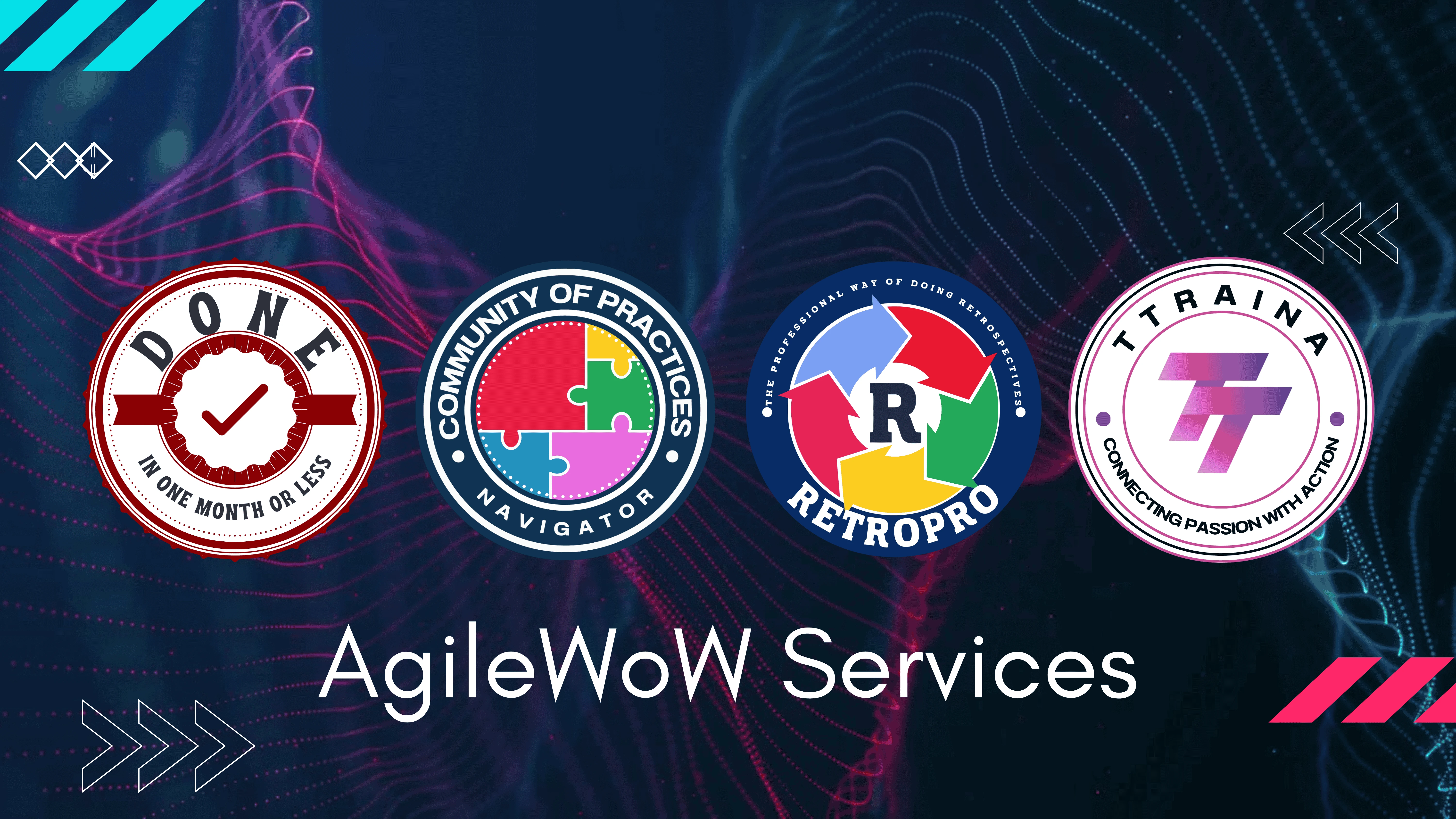Product Backlog Setup Checklist
“Set it right from the start!”
This checklist helps ensure your Product Backlog is transparent, manageable, and value-driven – aligning with your Product Goal and ready for continuous refinement.
This checklist helps ensure your Product Backlog is transparent, manageable, and value-driven – aligning with your Product Goal and ready for continuous refinement.
✅ 1. Product Vision & Goal Alignment
- Product Vision is defined and shared with the team.
- Product Goal is documented and used as a north star.
- Strategic themes and epics are aligned with the Product Goal.
- Key metrics/KPIs are outlined to measure success.
✅ 2. Backlog Structure & Hierarchy
- High-level items (epics, themes) are clearly distinguished from user stories.
- Naming conventions for items (e.g., prefix EPIC-, US-, BUG-) are established.
- Folder/board/lane structure is agreed upon (by goal, theme, persona, etc.).
- Labeling/tagging strategy is defined for filtering and grouping items.
✅ 3. Tool Setup & Permissions
- Backlog tool (e.g., Jira, Azure DevOps, Trello, ClickUp) is set up and accessible to all team members.
- User roles and permissions are configured appropriately (editing, commenting, etc.).
- Custom fields (like Business Value, Complexity, Risk) are configured.
- Templates for PBIs (user stories, bugs, tasks) are pre-filled with default structures.
✅ 4. Readiness of PBIs
-
All PBIs include:
- Clear title
- User story format
- Acceptance criteria
- Priority
- Estimation
- Readiness checklist is integrated into the tool (via labels, workflow, or automation).
✅ 5. Initial PBI Population
-
Initial PBIs are added for:
- Key features
- Technical spikes
- Experiments or enablers
- Bug or debt items (if relevant)
- Each item includes sufficient description for refinement.
✅ 6. Ordering (Prioritization) Framework Setup
- Prioritization method chosen (MoSCoW, WSJF, RICE, etc.).
- Initial prioritization applied to existing backlog items.
- Stakeholder input is reflected in prioritization.
- Prioritization cadence (weekly/monthly) is defined.
✅ 7. Backlog Visibility & Transparency
- Product Backlog is visible to the whole Scrum Team and stakeholders.
- Dashboard or visual board is set up for tracking high-level themes and progress.
- Reports/exports are configured for status sharing (e.g., in stakeholder reviews).
✅ 8. Workflow and Status Mapping
- Workflow stages (e.g., New → Refining → Ready → In Progress → Done) are defined.
- Each stage includes guidance or definitions for clarity.
- Automation rules (if any) are implemented (e.g., auto-move when estimated).
✅ 9. Refinement Cadence & Ownership
- Regular refinement sessions are scheduled in the team calendar.
- Product Owner or Manager is clearly assigned as the Backlog owner.
- Sprint Planning-ready PBIs are identified and maintained.
- Refinement metrics are defined (e.g., backlog readiness %, churn rate).
✅ 10. Documentation & Versioning
- A central document or page explains the backlog structure, rules, and guidelines.
- Version control or a changelog is maintained for major backlog updates.
- Legacy items (e.g., from old roadmaps) are archived or labeled.
🤖 Optional AI Add-ons (Modern Tip)
- Use the AI capabilities of your tool to help write and split user stories.
- Use backlog analytics tools (e.g., Jira Product Discovery, Productboard).
- Add labels like "AI-Generated" for tracking AI-assisted stories.
Review this checklist once per quarter to ensure your backlog hasn’t become a chaotic graveyard of forgotten ideas.
For deeper mastery, check out AgileWoW’s training workshops:


